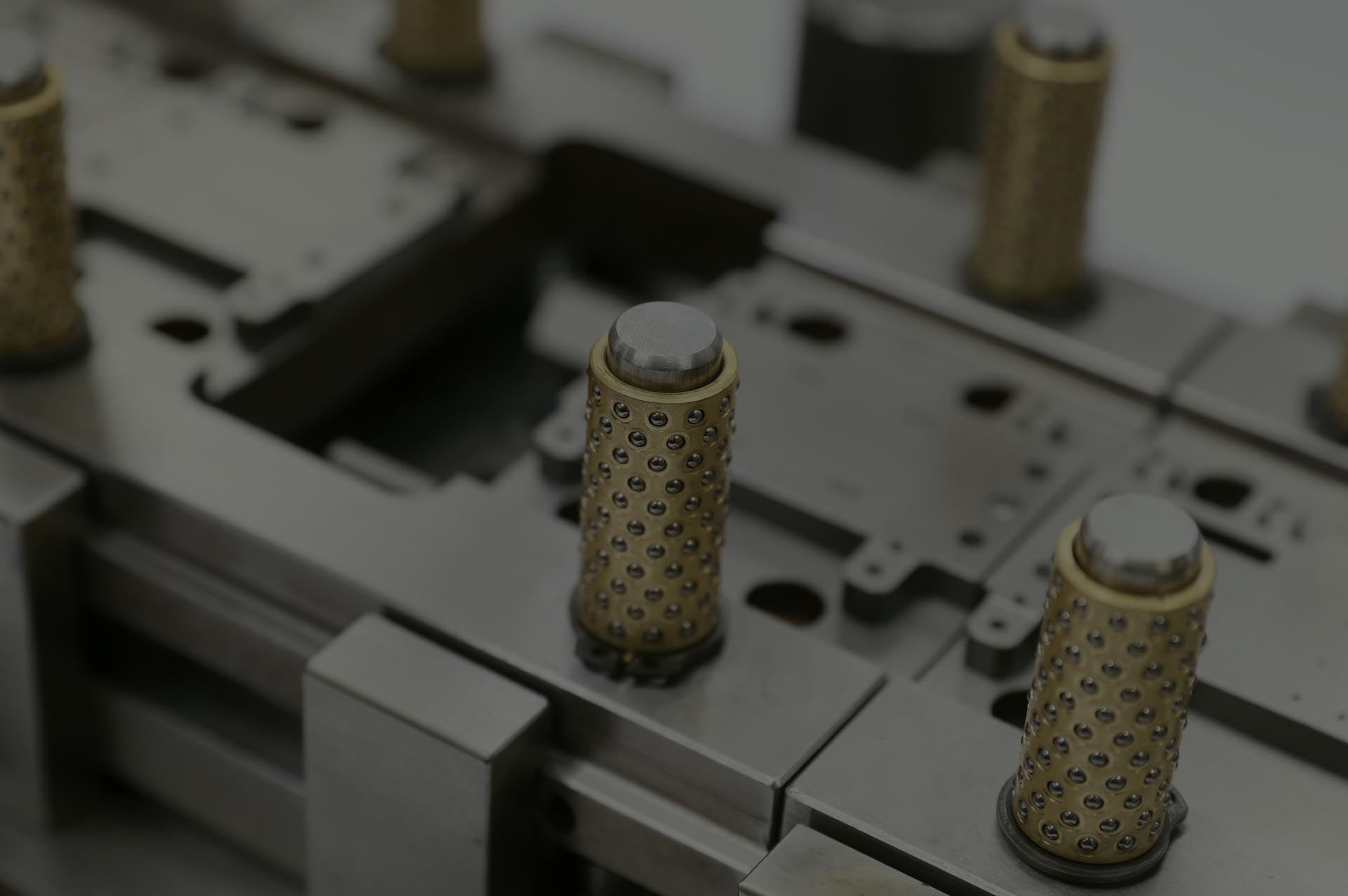How To Select The Right Aerospace Plating Company
Rigorous Quality Requirements of the Aerospace Sector Aerospace has some of the most demanding requirements of any industrial sector when it comes to...
Brands are choosing us to partner with them to bring innovate products to market quickly and cost effectively.
Working on a Prototype and need expert input, why not get in touch and talk with our experts.
2 min read
Batten & Allen May 8, 2024 9:20:51 AM
Among the top priorities for anyone in the business of manufacturing and design engineering are longevity and reliability.
Corrosion resistance is a main factor in ensuring both durability and performance of metal parts across various sectors, from automotive to aerospace and beyond.
One method to improve corrosion resistance is through electroplating. This article offers a comprehensive understanding of corrosion resistance, electroplating processes, material selection, and best practices.
Corrosion is the degradation of materials due to interaction with their environment. For metals, corrosion typically involves an electrochemical process in which the metal oxidises, leading to structural weakness and failure.
Factors influencing corrosion include environmental conditions, such as humidity and salinity, as well as the chemical properties of the metal itself.
Electroplating is a surface treatment process where a thin layer of metal is deposited on a substrate using an electric current.
Electroplated coatings can be aesthetic or they can be functional such as increasing wear resistance, improving solderability, reducing friction, enhancing corrosion resistance.
The electroplating process involves immersing the base metal in a solution containing the plating metal, which is then electrically deposited onto the base metal’s surface.
Common plating metals include nickel, tin, gold and silver. Each metal has advantages:
Choosing the right base and plating metals is vital for optimising corrosion resistance. The compatibility between the substrate and the plating material affects adhesion and corrosion protection.
As a design engineer, it’s essential to consider several factors when planning for electroplated components…
Component Geometry: Complex shapes with deep recesses or sharp corners can lead to uneven plating, potentially causing weak spots where corrosion could occur.
Environmental Considerations: Be mindful of the specific environmental conditions the component will be exposed to and select the plating material accordingly.
Plating Thickness: Thicker layers provide better protection but are more expensive and can affect dimensional tolerances.
Post-Plating Treatment: Activities such as baking (for hydrogen embrittlement relief) and passivation (to enhance the oxide layer’s protectiveness) can significantly improve the performance of electroplated coatings.
To maximise the benefits of electroplating in terms of corrosion resistance, design engineers should stick to the following best practices…
Substrate Preparation: Proper cleaning and surface preparation are vital to ensure good adhesion and uniform coverage of the plating material.
Use of Additives: Adding additives to the plating solution can reduce the roughness of the deposit and enhance the protective properties of the coating.
Quality Control: Implement strict quality control measures throughout the electroplating process to ensure consistent results and high-quality finishes.
Regular Maintenance and Inspection: Regular checks for any signs of wear or corrosion can help in early detection and remediation.
Electroplating is a valuable tool for design engineers looking to improve the corrosion resistance of metal components. By understanding the fundamentals of corrosion, the electroplating process, and key design and process considerations, engineers can make informed decisions that enhance the durability and performance of their products.
Implementing best practice in electroplating not only extends component life, but also contributes to the overall reliability and success of engineering projects.
Electroplating offers substantial benefits in terms of corrosion resistance and component longevity. Talk to Batten & Allen today to find out how electroplating can enhance your latest project. Our team of experts is always on hand to help and advise.

Rigorous Quality Requirements of the Aerospace Sector Aerospace has some of the most demanding requirements of any industrial sector when it comes to...

Introduction In the fast-paced and ever-evolving electronics industry, the demand for precision and reliability in component manufacturing is a top...

Built to last, our high accuracy, precision tooling is all designed and built in house. With a fully equipped toolroom we manufacture and design...